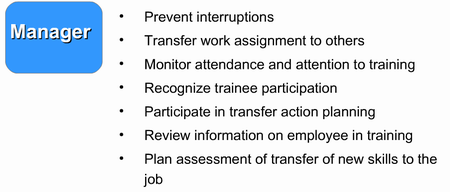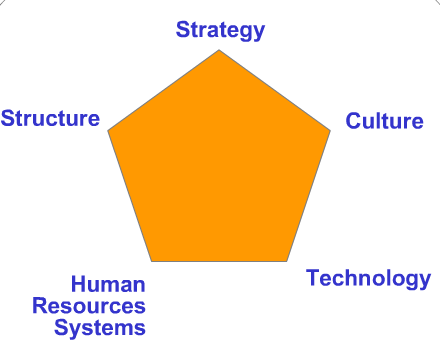Any company or organization comprises several departments that are responsible for particular missions. Thus, the human resources department, which is frequently believed to be one of the most essential and significant divisions in a company, is primarily focused on providing efficient policies and strategies that contribute to better personnel productivity. Additionally, this department ensures that all missions, values and principles, which keep a specified organization guided towards success and higher performance, are optimized. However, these are not the only functions the HR department performs. Their task is also to make sure that each and every employee is trained well enough to work for the benefit of the company and this is where HR metrics should be applied.

Human resource metrics are a great tool for effective and quality human resource management and assessment. Unfortunately, large businesses often lack experience when it comes to proper and accurate establishment of these metrics. More often, they make two basic mistakes that affect their implementation. These errors involve the development of KPIs in a vacuum and usage of a lot of metrics at a time, which makes it not easy to maintain and analyze them correctly.

So, what causes the above mentioned problems? How can they be solved effectively? To start with, these mistakes are frequently observed in those companies that lack the cooperative approach to strengthening the company’s positions and reaching long-term objectives. This frequently happens when managers decide which metrics are strategic for their business without proper analysis. As a result, they select too many KPIs to be developed simultaneously, which complicates the task and leads to vague results. To prevent this from happening, it is reasonable to establish the minimum number of metrics (8-10 will be enough) in order to analyze each of them profoundly.
Have you already chosen the required HR metrics? If so, then the next step is organizing them into several levels. Thus, the first tier will deal with workforce productivity and implementation of the following HR metrics will be reasonable here: the percentage of personnel improvement, the enhancement of correlation between the expenses and profit with regard to each employee and the financial value of the increased workforce productivity.
The second tier involves measurement of personnel engagement. HR metrics applied here include the overall percentage of employees, who are not satisfied with their managers’ attitudes and the percentage of those that are eager to proceed to performing their everyday duties.
The third tier is analysis of the company’s benefits and compensation, which will help define whether pay fairness is observed in your company or not. Metrics to be applied here comprise the percentage of workers that are satisfied with their salaries and that of employees, whose compensation is above the average because of their performance.